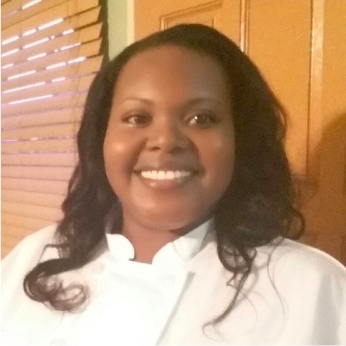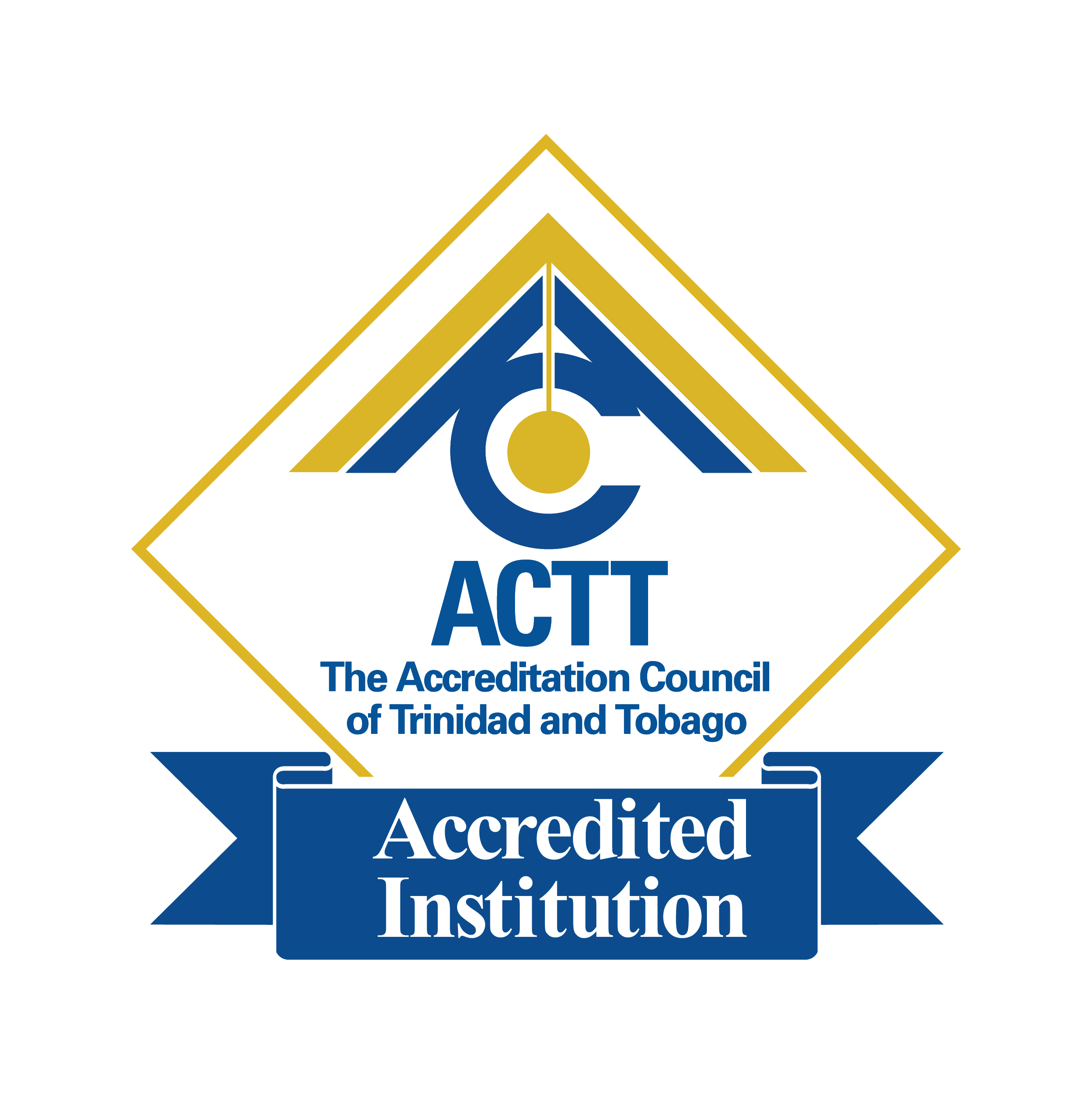Gluten-Free Baking: Tips and Techniques for Delicious Cakes and Breads
- Share this post
Gluten-free baking has gained popularity over the years, as more people have embraced a gluten-free lifestyle due to dietary restrictions or personal preferences. However, baking without gluten can be a bit challenging, as gluten is responsible for the structure and texture of traditional cakes and breads. But fear not! The Tobago Hospitality & Tourism Institute will share some valuable tips and techniques to help you achieve delicious and successful gluten-free cakes and breads.
- Choose the Right Flour Blend:
The key to successful gluten-free baking is finding the right flour blend. There are various gluten-free flour options available, such as rice flour, almond flour, coconut flour, and cassava flour. Experiment with different blends to find the one that works best for your recipes.
- Add Binders and Moisture:
Gluten-free flours tend to be drier than traditional wheat flour. To counteract this, incorporate binders and additional moisture into your recipes. Common binders include xanthan gum or guar gum, which help mimic the elasticity and structure that gluten provides. Additionally, consider adding extra moisture-rich ingredients like applesauce, yogurt, or mashed bananas to keep your baked goods moist.
- Mix Thoroughly:
When working with gluten-free flour blends, it’s crucial to mix the batter or dough thoroughly. Gluten-free flours tend to be denser and may clump together. Ensure all the ingredients are well incorporated, using a whisk or an electric mixer, to achieve a smooth and consistent texture.
- Don’t Overmix:
While it’s important to mix thoroughly, be cautious not to overmix the batter or dough. Overmixing can lead to dense and tough baked goods. Mix until the ingredients are just combined, and avoid excessive stirring or beating.
- Use Leavening Agents:
Gluten-free cakes and breads may require additional leavening agents to help them rise properly. Incorporate baking powder or baking soda into your recipes as directed. These agents will help create the desired texture and volume in your baked goods.
- Allow for Proper Resting Time:
Gluten-free batters and doughs often benefit from a resting period before baking. This allows the flours to hydrate fully and helps develop better texture and flavor. Follow the recipe instructions regarding resting times, which may vary depending on the specific recipe.

- Experiment:
Gluten-free baking doesn’t mean sacrificing flavor or variety. Enhance your cakes and breads with a range of delicious add-ins such as chocolate chips, dried fruits, nuts, or spices. These additions not only provide extra taste but also add texture and visual appeal to your creations.
- Adjust Baking Time and Temperature:
Gluten-free baked goods may require slight adjustments to baking time and temperature compared to traditional recipes. Monitor your cakes and breads closely during baking, and be prepared to make necessary adjustments. Gluten-free baked goods tend to brown more quickly, so cover the top with foil if needed to prevent excessive browning while ensuring the interior is fully cooked.
Gluten-free baking may require some trial and error. Don’t get discouraged if your first attempt isn’t perfect. Keep experimenting, adjusting, and refining your techniques. With time and practice, you’ll become more confident in creating delectable gluten-free cakes and breads.

With these tips and techniques, you’ll be on your way to baking wonderful gluten-free treats that everyone can enjoy.
Learn more about Gluten-free baking and work along side a certified Chef in our interactive short course! Click the link for details and register before the next session starts! (Learn more)
Go further with our Associate Degree programme in Culinary Arts!
- Share this post
Upcoming Events:
Related Posts:
More You Might Like
Upcoming Short Courses:
- Lecturer: Raakesh Madoo
- Online Classes, Face to Face
- 30 hours
- Short Courses
- Lecturer: Riyadh Mohammed
- Online Classes
- 6 hours
- Short Courses
- Lecturer: Lisa Jessamy
- Online Classes
- 6 hours
- Short Courses
- Lecturer: Ms Candy Manswell Lewis
- Face to Face
- 24 hours
- Coming Soon
- Lecturer: Chef Sonia Phillip
- Online Classes, Face to Face
- 45 hours
- Short Courses
Upcoming Courses:
- Lecturer: Chef Kwesi Selvon
- Face to Face
- 36 hours
- Short Courses
- Lecturer: Chef Sonia Phillip
- Face to Face
- 48 hours
- Short Courses
- Lecturer: Chef Vergiss Lovelace
- Face to Face
- 6 hours
- Short Courses
- Lecturer: Chef Kwesi Selvon
- Online Classes, Face to Face
- 36 hours
- Short Courses
- Lecturer: William Trim
- Face to Face
- 48 hours
- Short Courses






















